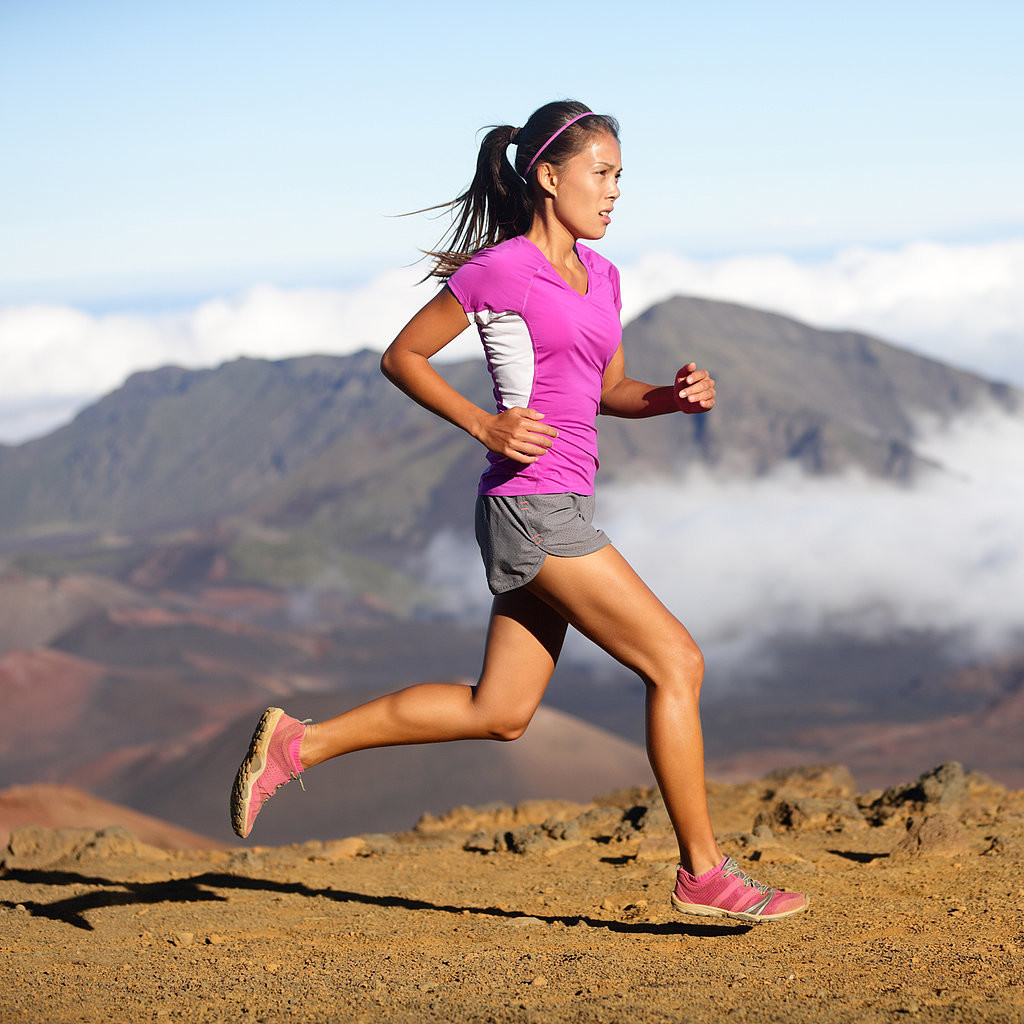
So you want to run a race in 2015 even if your running shoes haven’t seen much action? Setting a race goal can be a heart smart resolution with a big health payoff. It provides a concrete goal, and encourages consistent exercise. Here are some things to help you get started, keep at it, and cross the finish line.
- Get ready: If you have not doing any kind of exercise program get your doctors OK before you start. When you have the green light, pick a race and enter. Choose a race 9-12 weeks into the future to allow enough time to train. 2-3 months allows enough time to progressively increase distance and speed without overstressing your body. Novice runners often don’t allow enough time to train which can lead to serious injury because your body won’t be ready to handle the demands of a race. Prior to training, check your shoes and see about getting the right shoes before you start running. Don’t forget your favorite playlist—A study out of University of Queensland, Australia found running to a favorite playlist increased runner’s endurance by 20%!
- Don’t get sidelined by injury: The American Orthopedic Society for Sports Medicine reports that runners are most commonly injured in their first 4-6 months of training. Use these tips to avoid common running injuries.
- Increase distance gradually, adding no more than 10% a week.
- Replace running shoes after 500-600 miles, or whenever the soles lose their bounce.
- Run on a reasonably soft surface such as a track.
- Give your body at least 1 day’s rest between workouts.
- Train on flat surfaces, add hills gradually. Hills can increase stress on knees and ankles.
- Avoid running outdoors during extremely hot or cold weather, substitute a treadmill run instead.
- After a run, stretch quadriceps, calves, hip flexors, and glutes.
- Get set: What’s the best way to get into race shape? New research from the Journal of Physiology shows interval training – exercising in short high intensity bursts – boosts cardiovascular health faster than traditional workouts that log 5 hours a week in the gym. There are several preplanned interval training programs on the internet for all levels of athlete and distances. It is also important for runners to do more than just run. Biking and swimming can help cardiovascular health without placing added stress on joints. Weight training and core strength are important for avoiding injury. Stretching is also vital with a dynamic warm-up of active stretching while moving such ask side shuffles, grapevines, high knees, and leg swings. Traditional stretching can be done after the run focusing on the hamstrings, quadriceps, calves and hip flexors.
- Go – After months of training, fuel race day success with proper nutrition. Nutritionists recommend you allow 90 mins. between eating and racing and avoid too much fat and fiber. Opting for a banana, yogurt, or low fiber cereal will help avoid gastric distress and cramps.
Celebrate your progress, have fun in the race, and wear your race shirt proudly!

